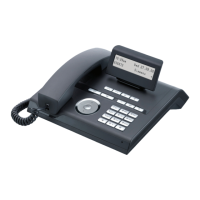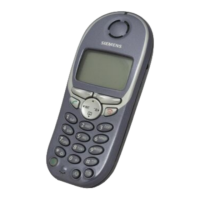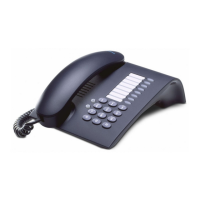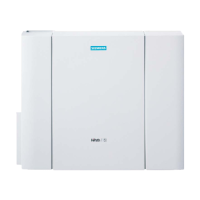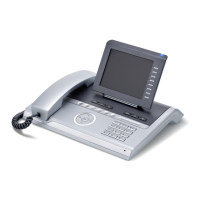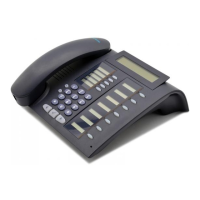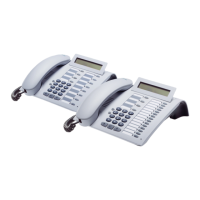Installing HiPath 3000
P31003-H3560-S403-54-7620, 09/05
4-48 HiPath 3000 V6.0, HiPath 5000 V6.0, Provisional Service Manual
inst_h3.fm
Installing HiPath 3800
Time-division multiplex channels for peripheral boards
The following table lists the maximum number of time-division multiplex channels that the dif-
ferent boards require. A distinction is made here between:
● static time-division multiplex channels
Time-division multiplex channels are subject to static assignment in trunk boards. This en-
sures that all incoming calls can be processed.
● dynamic time-division multiplex channels
Time-division multiplex channels are subject to dynamic assignment in subscriber line
modules. Channels are seized for each call and released afterwards. This means that the
current number of time-division multiplex channels required is determined by the number
of active stations.
7
Restrictions for using the TMDID board
The TMDID board only uses the first half of a PCM segment. Consequently, a max-
imum of 64 channels is available on each PCM segment for TMDID-specific static
time-division multiplex channels.
To guarantee that the system operates without blocking when using the TMDID, the
boards on a PCM segment must not require more than the 64 static time-division
multiplex channels.
Examples for a PCM segment:
● 2 x TMDID + 1 x DIU2U = 64 static time-division multiplex channels = approved
equipment
● 1 x TMDID + 1 x TMC16 + 1 x DIU2U = 72 static time-division multiplex channels
= unapproved equipment
● 1 x TMDID + 2 x SLMO2 = 8 static and 96 dynamic time-division multiplex chan-
nels = approved equipment
Table 4-4 Maximum Number of Time-Division Multiplex Channels Required Per Board
Board Maximum number of time-division
multiplex channels required
Time-division multiplex
channel assignment
DIU2U 48 static
DIUN2 60 static
IVMN8 8 dynamic
IVMNL 24 dynamic
SLCN 128
1
dynamic
SLMA 24 dynamic
SLMA8 8 dynamic
SLMO2 48
2
dynamic
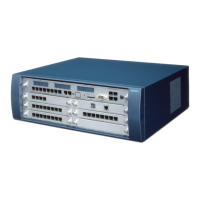
